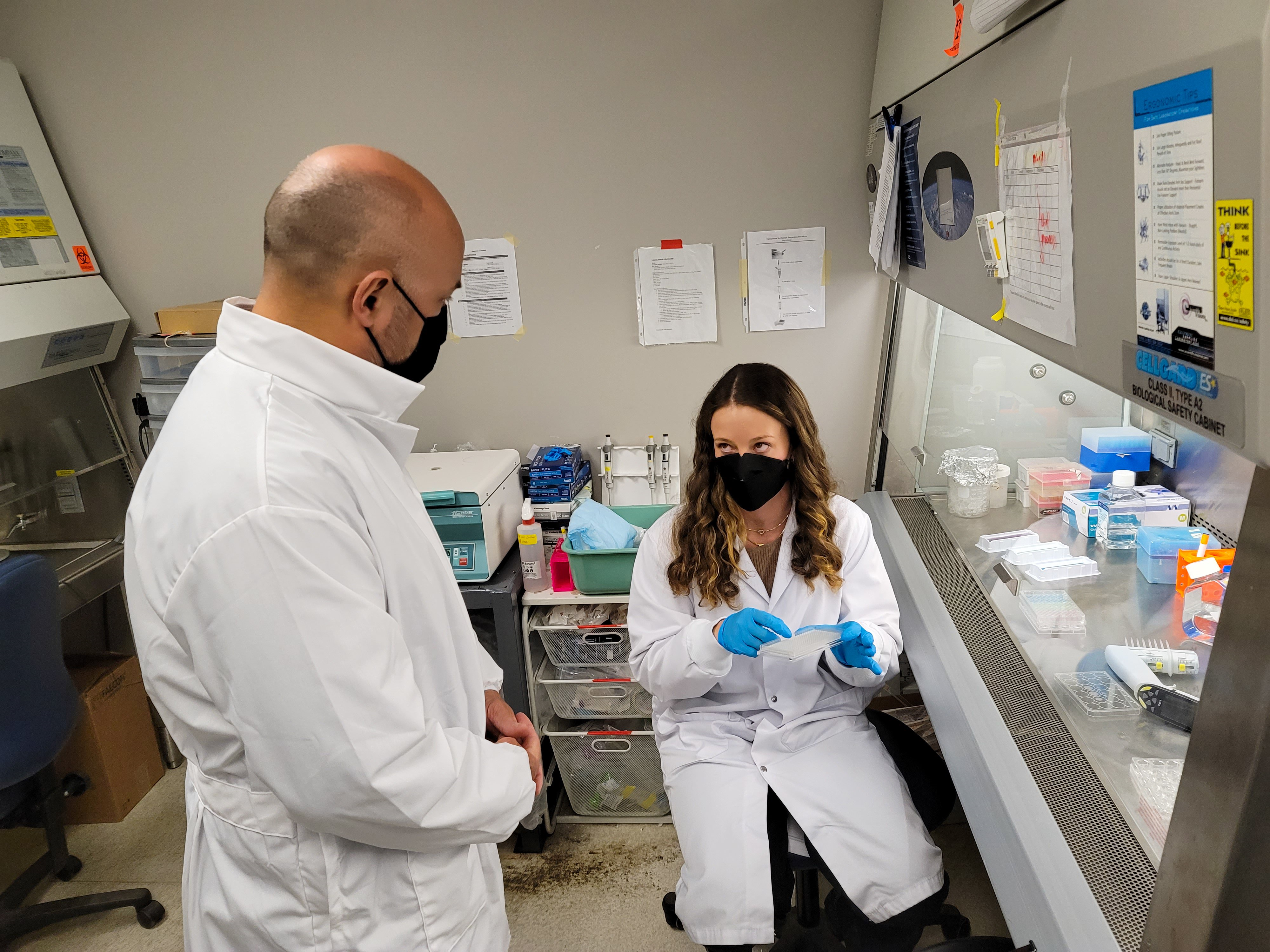About the project
Cancer treatment is evolving from broad approaches to more personalized ones, tailored to each patient’s unique tumor characteristics. To improve outcomes, we need therapies that target the differences between tumors, which can vary not just from person to person but even within the same tumor. Unfortunately, many current research models don’t fully capture the complexity of tumors, and while mice are commonly used for testing, they’re costly and are not as well suited for rapid testing and refinement of treatments in human cancer contexts.
Enter T-SLICE (Tumor Spheroids Layered in an Imageable Cancer Environment): a new tool designed to speed up testing in labs. It creates a setup resembling a small tumor micro-environment where tumor cells grow on a layer of fibroblasts sandwiched between two glass slides. This setup creates chemical and nutrient gradients similar to those found in real tumors. The T-SLICE system enables researchers to watch how cells behave and interact in real-time, helping them to better understand and assess treatment response. Essentially, T-SLICE provides a way to study cancer cells in a more realistic environment, helping researchers develop and test new ovarian cancer treatments more quickly and effectively.

Research trainee Morgan Pugh-Toole explains T-SLICE to Halifax MP Andy Fillmore during a lab tour



